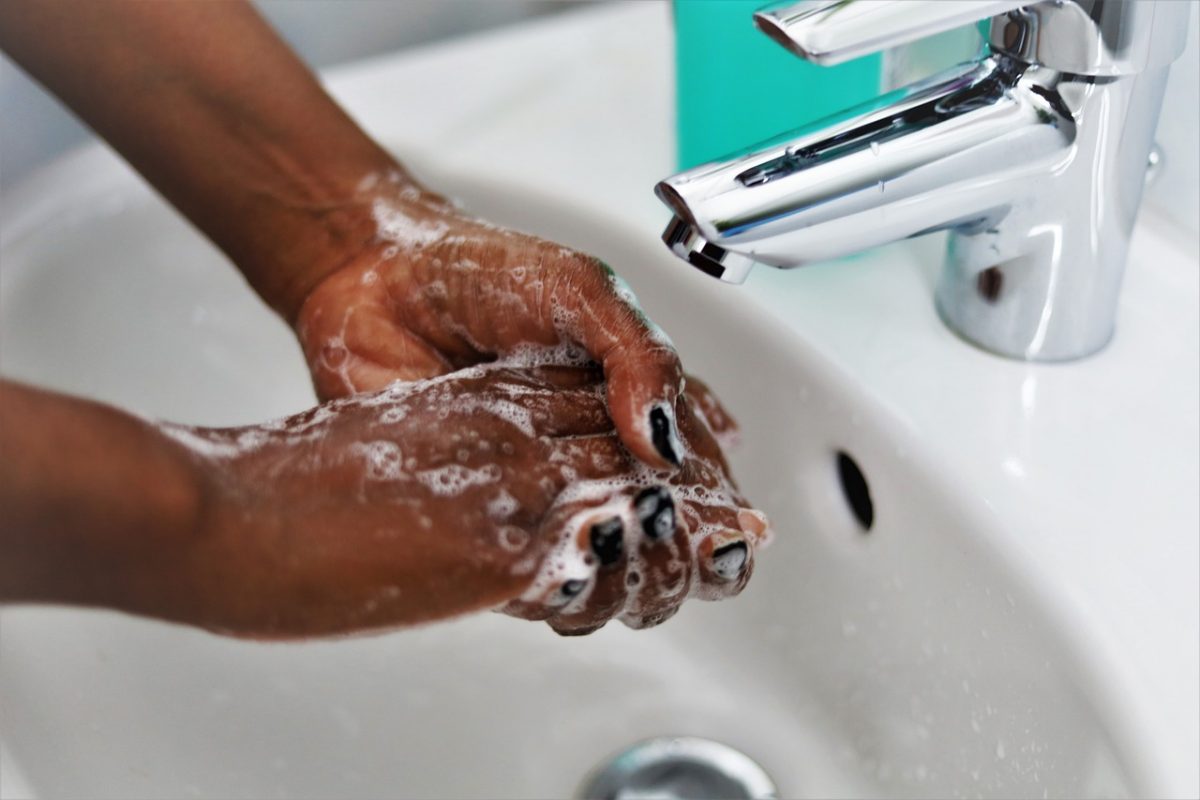Information
Hand Care At Work
It is important to adopt good hand skin care practice in any organisation, by protecting the skin condition and minimising the risk of skin problems, then secondly keeping hands clean and minimising the risk of the spread of harmful germs.
Occupational Dermatitis can be caused by not adopting a proper hand care routine. It can be defined as an inflammation of the skin caused by the working environment or by skin contact with a damaging substance.
Symptoms usually begin with redness and irritation, and occasionally, swelling. Blisters may follow and if these break, the skin may become infected.
Any part of the body may be affected. Dermatitis is not contagious, but if untreated it may spread to other parts of the body. Correct treatment at an early stage is essential.
By taking the right preventative steps to minimise contact with damaging agents and adopting an appropriate hand skin care routine, the risk of occupational dermatitis can be reduced.
Skin Protection Facts
- Skin disorders are the most common form of occupational disease accounting for approximately 13.5% of all occupational illnesses
- Recent studies show up to 40% of workers will suffer skin issues at some point in their working life
- More than ½ of working time lost through industrial diseases is due to dermatitis
- It has been found that 75% of patients with occupational dermatitis developed chronic skin disease
- Occupational skin problems are severely under-reported – ‘Tip of the iceberg’ – The Australian Manufacturing Workers Union estimate by as much as 400%
Skin Hygiene Facts
- Hands are the single most effective method of spreading germs, yet over half of all workers do not know the basics of hand washing
- At least 40% of workers do not wash their hands often, or long enough, to protect against the spread of germs
- 65% of maintenance and construction workers and 47% of office workers wash their hands less than five times a day
- Average hand washing duration is less than 10 seconds, missing vital areas where germs are commonly found e.g. under finger nails and the backs of hands
- Studies have shown that good hand hygiene practices can reduce illness, sickness absence and associated costs by a minimum of 18% and up to 40%
Sources: copies of source data available from Deb Group

